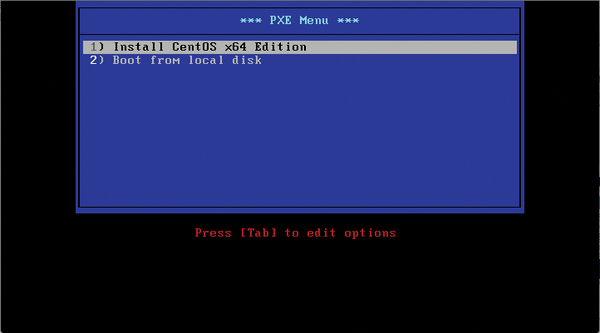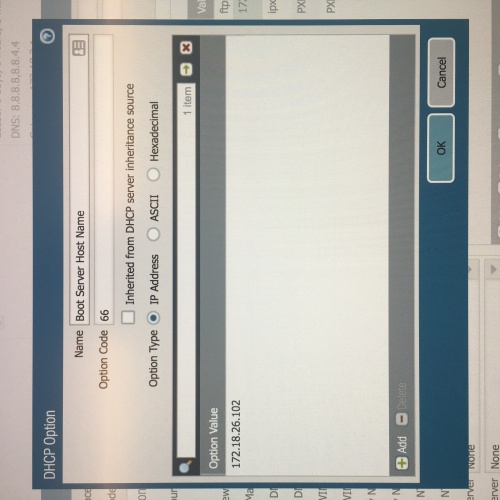

- Pxe boot parallels 13 how to#
- Pxe boot parallels 13 install#
- Pxe boot parallels 13 manual#
- Pxe boot parallels 13 software#
- Pxe boot parallels 13 zip#
Pxe boot parallels 13 software#
The process of preparing for installation over network with a PXE server includes the following steps:ġ Choosing servers for the PXE installation.Ģ Installing the necessary software on the PXE server.Īll these steps are described below in detail. This step is only required if you plan to automate the procedure of deploying Virtuozzo on your servers.Īll these steps are explained in the following chapters in detail.Ĭ H A P T E R 2 Preparing for PXE Installation
Pxe boot parallels 13 install#
To install Virtuozzo 7 over a network, you need to complete the following steps:ġ Prepare for installation from a PXE server.Ģ Create a kickstart file. Unattended installation assumes that no interaction is required on your part and is recommended if you plan to install the product on a multitude of physical servers. In this kind of installation, the Virtuozzo installer uses a kickstart file to determine the necessary installation and configuration settings.
Pxe boot parallels 13 manual#
Manual installation is recommended if you plan to install the product on a small number of physical servers. When performing this kind of installation, you are asked questions by the Virtuozzo installer and define the necessary installation and configuration settings. You can install Virtuozzo in a PXE environment using one of the following ways:
Pxe boot parallels 13 how to#
You will also learn how to upgrade your existing system to Virtuozzo 7 over a network. This guide provides information on installing Virtuozzo 7 over a network using a PXE (Preboot Execution Environment) server. Setting Up an HTTP Server.Ĭonfiguring the Parallels Server. Preparing for PXE Installation.Ĭhoosing Servers. LOCALBOOT 0 is the entry, which should always be the first and simply boot the first local hard disk.Introduction.We must take care not to interrupt this line by a line break! This line can be quite long for some images by specifying many parameters. APPEND Here, certain parameters can be specified for the individual kernels.Later (with exceptions) all kernels are in “images / …” The path is always from the above selected “TFTP root folder”. KERNEL This specifies the path to the (Linux) kernel used.MENU LABEL The title of the entry in the PXE boot menu is defined here and can be selected freely.All further points are LABEL’s subpages and are merely an optic (no must!) This must consist of one word (without spaces or special characters), is totally irrelevant and does not occur anywhere else and is only for orientation in the configuration file. LABEL is simply the name of the entry in the configuration file itself.

Now follow the individual menu items, whose order can be changed as desired.
Pxe boot parallels 13 zip#
Simply download the zip and extract to the root of your TFTP server. So now we have the Synology responding to TFTP requests, but we need to actually configure the TFTP server to do something. conf ensures that the config is appended to nf and not overwriting it. Having the “.add” file extension in the dnsmasq. The second (blank) parameter is the hostname of the TFTP server, and the last parameter is the IP address of the TFTP server. The first option specifies the bootfile to load. Where 10.0.0.x is the LAN IP of a Synology NAS.

Make sure you enable JFFS on your router.I want to keep the DHCP (and PXE) server enabled on my router, as my NAS is not on 24/7.Ĭredit to for information about how to direct TFTP requests in Merlin. This adds additional features not available in the stock firmware (e.g PXE support). So the router will be forwarding PXE boot TFTP requests (port 69/UDP) to the NAS. In this specific guide, I will be storing build media and PXE boot image on the NAS and the DHCP server on the router (ASUS RT-AC5300).


 0 kommentar(er)
0 kommentar(er)
